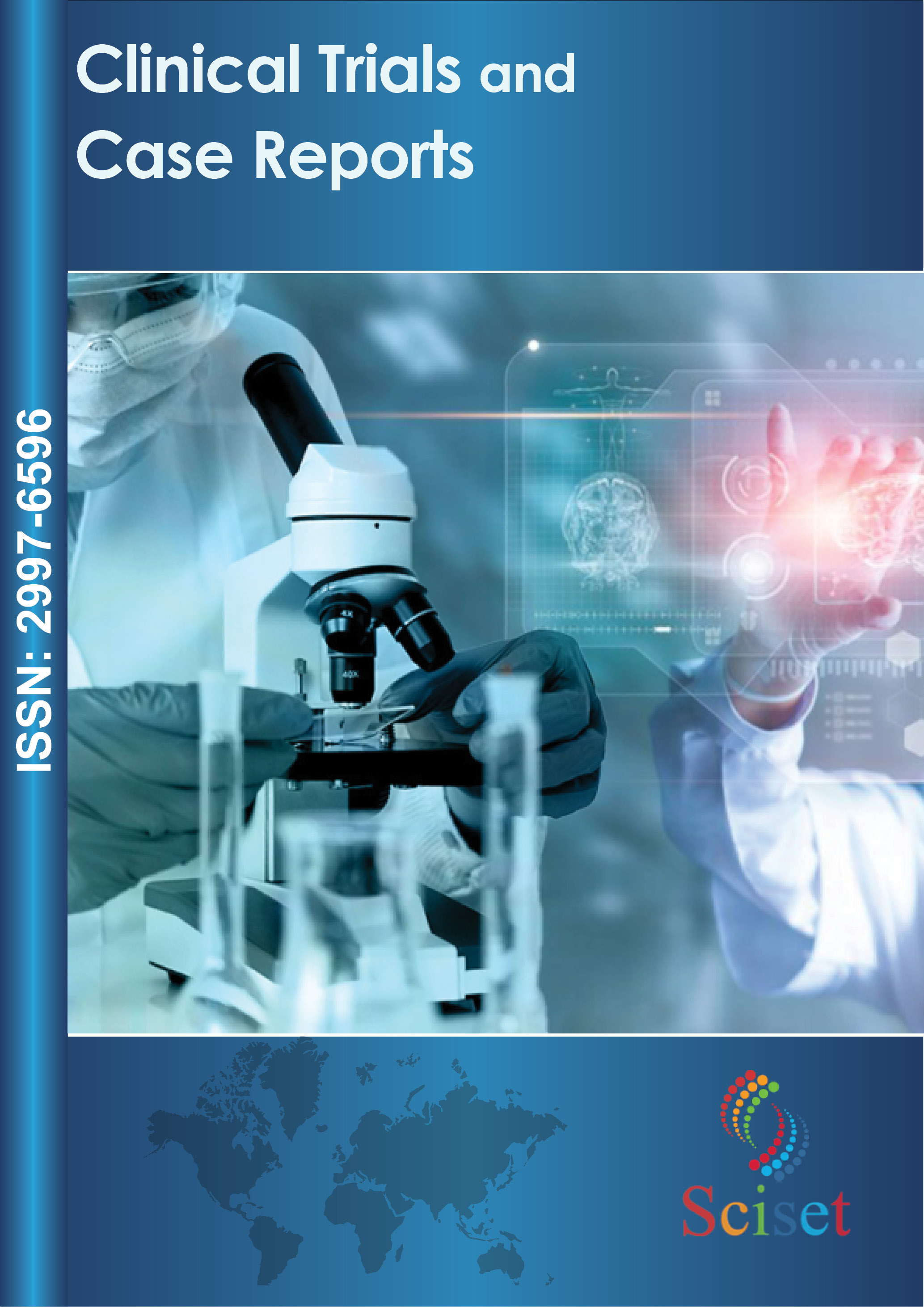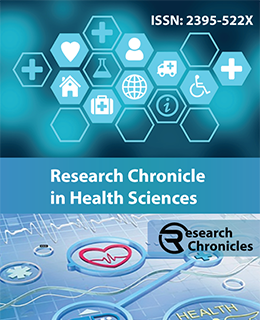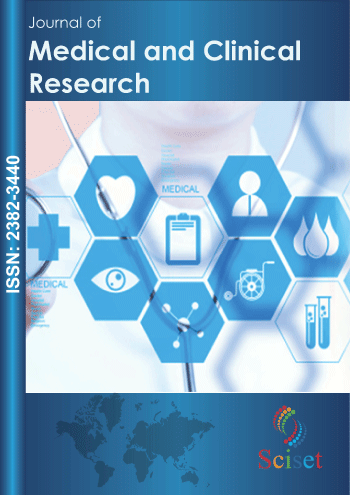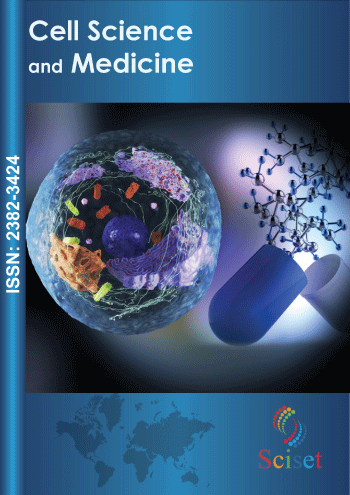- Open-Access Publishing
- Quality and Potential Expertise
- Flexible Online Submission
- Affordable Publication Charges
- Expertise Editorial Board Members
- 3 Week Fast-track Peer Review
- Global Visibility of Published Articles
Elevating Limited Shoulder Surgery: Pioneering Hybrid Arthroscopic-Open Approach
Adults Nursing Department and Traumatic and Orthopedic Nursing Faculty, School of Nursing and Midwifery of Aleppo, Syria
Keywords
Shoulder arthroscopy, Mini Lateral Shoulder Approach (MLSA), Arthroscopic release, superficial wound infections
Abstract
HLSSM (Hybrid Shoulder Arthroscopic-Open Surgical Management) presents a viable option for experienced hand surgeons specializing in shoulder arthroscopy and the Mini Lateral Shoulder Approach (MLSA), particularly in regions where arthroscopic release is prohibitively expensive or unavailable [1]. The procedure involves an arthroscopic incision on the posterior lateral edge of the acromion for the entrance of the arthroscope, with a second incision for the probe, each approximately 0.5cm in size (Figure 1).
Once the full characteristics of the lesion—such as size, shape, and topographic location—are identified, the Mini Lateral Shoulder Approach (MLSA), also known as the Second Sayed Issa's Approach, is pursued (Figure 2).
HLSSM offers several advantages, including quicker rehabilitation, faster return to work and daily activities, shorter healing periods, reduced surgical trauma and tissue dissection, and minimized scar tenderness compared to conventional open shoulder release procedures. It results in gentle scarring and favorable cosmetic skin healing, with the entire procedure typically lasting between 35 to 45 minutes.
HLSSM (Hybrid Shoulder Arthroscopic-Open Surgical Management) presents a viable option for experienced hand surgeons specializing in shoulder arthroscopy and the Mini Lateral Shoulder Approach (MLSA), particularly in regions where arthroscopic release is prohibitively expensive or unavailable [1].
The procedure involves an arthroscopic incision on the posterior lateral edge of the acromion for the entrance of the arthroscope, with a second incision for the probe, each approximately 0.5cm in size (Figure 1). Once the full characteristics of the lesion—such as size, shape, and topographic location—are identified, the Mini Lateral Shoulder Approach (MLSA), also known as the Second Sayed Issa's Approach, is pursued (Figure 2).
HLSSM offers several advantages, including quicker rehabilitation, faster return to work and daily activities, shorter healing periods, reduced surgical trauma and tissue dissection, and minimized scar tenderness compared to conventional open shoulder release procedures. It results in gentle scarring and favorable cosmetic skin healing, with the entire procedure typically lasting between 35 to 45 minutes.
However, shoulder arthroscopy with lesion repair has drawbacks, including expensive equipment, costly surgery, and prolonged procedure times exceeding 45 minutes. Most significantly, there is a risk of complications such as neuropraxia associated with the procedure [2-5]
1. https://ichgcp.net/clinical-trials-registry/NCT05897866
2. Search Results | Beta ClinicalTrials.gov
3. https://www.genesispub.org/mini-lateral-shoulder-approach-mlsasecond-sayed-issas-approach
4. https://www.ncbi.nlm.nih.gov/pmc/articles/PMC5298472/
5. https://www.ncbi.nlm.nih.gov/pmc/articles/PMC6551420/
6. https://orthoinfo.aaos.org/en/treatment/rotator-cuff-tearssurgical-treatment-options/
7. https://link.springer.com/referenceworken - try/10.1007/978-3-319-34109-5_15






